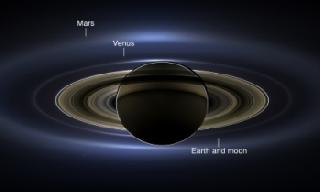
On July 19, 2013, in an event celebrated the world over, NASA's Cassini spacecraft slipped into Saturn's shadow and turned to image the planet, seven of its moons, its inner rings -- and, in the background, our home planet, Earth. A NASA/JPL-Caltech/SSI image
WASHINGTON (PTI): NASA has released the first-ever natural-colour portrait of Saturn, in which the planet, its seven moons and rings, and Earth, Venus and Mars, all are visible.
The new panoramic mosaic of the majestic Saturn system taken by NASA's Cassini spacecraft, which shows the view as it would be seen by human eyes, was unveiled at the Newseum in Washington on Tuesday.
Cassini's imaging team processed 141 wide-angle images to create the panorama. The image sweeps 651,591 kilometres across Saturn and its inner ring system, including all of Saturn's rings out to the E ring, which is Saturn's second outermost ring.
For perspective, the distance between Earth and our Moon would fit comfortably inside the span of the E ring.
"In this one magnificent view, Cassini has delivered to us a universe of marvels," said Carolyn Porco, Cassini's imaging team lead at the Space Science Institute in Boulder.
"And it did so on a day people all over the world, in unison, smiled in celebration at the sheer joy of being alive on a pale blue dot," said Porco.
The mosaic is part of Cassini's "Wave at Saturn" campaign, where on July 19, people for the first time had noticed a spacecraft was taking their picture from planetary distances.
NASA invited the public to celebrate by finding Saturn in their part of the sky, waving at the ringed planet and sharing pictures over the Internet.
An annotated version of the Saturn system mosaic labels points of interest. Earth is a bright blue dot to the lower right of Saturn.
Venus is a bright dot to Saturn's upper left. Mars also appears, as a faint red dot, above and to the left of Venus.
Seven Saturnian moons are visible, including Enceladus on the left side of the image.
Zooming into the image reveals the moon and the icy plume emanating from its south pole, supplying fine, powder-sized icy particles that make up the E ring.
The E ring shines like a halo around Saturn and the inner rings. Because it is so tenuous, it is best seen with light shining from behind it, when the tiny particles are outlined with light because of the phenomenon of diffraction.
 Previous Article
Previous Article Next Article
Next Article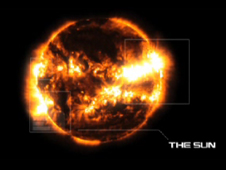
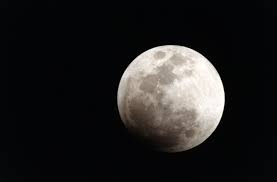
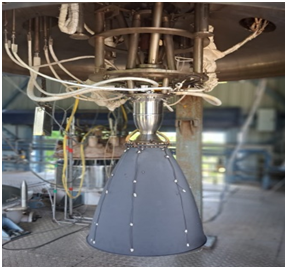
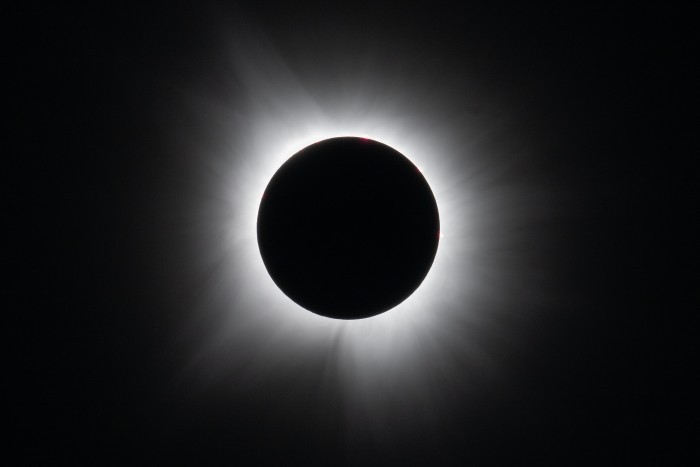









The Indian Air Force, in its flight trials evaluation report submitted before the Defence Ministry l..
view articleAn insight into the Medium Multi-Role Combat Aircraft competition...
view articleSky enthusiasts can now spot the International Space Station (ISS) commanded by Indian-American astr..
view article